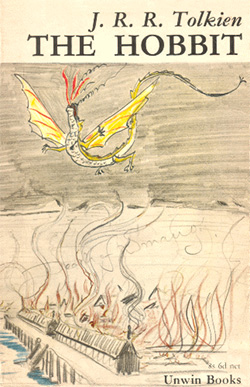Some writing stays with you – but sometimes for less typical reasons. Did you ever sit and write things out for the sake of writing things out? For whatever reason, the poem I copied out, over and over, was the first verse of The Lady of Shalott:
‘On either side the river lie
Long fields of barley and of rye
That clothe the wold and meet the sky
And through the field a road runs by
To many towered Camelot…’
Forgive me if it is possibly tower’d, or something of that kind. These days seem to bring precious little handwriting – except for shopping lists, to do lists and the like – so handwriting for its own sake feels rather remote.
Perhaps it’s an overly teenage girl thing. Perhaps it says more about the time when fountain pens were routine (albeit with interchangeable ink cartridges so if you suddenly felt like expressing yourself in green ink, you could).
It probably also says a certain amount about that time in your teens when you are ‘trying on’ different alternatives: different shapes to letters, different ways of doing your hair, different musical likes and dislikes, highly influenced by your peers.
I know that I consciously picked up certain handwriting habits from observing how friends, teachers, family wrote. I no longer really know what was originally mine – now the hand is all mine, for better or worse.
I don’t know quite why I picked this poem – though my family does tend towards remembering, and reusing, words, phrases, bits of poems.
I think both parents may have been required to learn longer poems by rote at school – but they still seem to remember them. My mum would quote a line or two of this poem, at least – and there was a Tennyson collection on a shelf that I could look at.
For some reason, I stuck to the first verse for my writing – perhaps the second too? The drama picks up later when she spots Sir Lancelot…the rest you should read for yourself.
One of my school friends was keen on Pre-Raphaelite pictures, and I have in my mind the image of the classic one of the Lady of Shalott as I write this. Arthurian legend, romance, plotlines that resemble Greek tragedies, it’s all still perfectly popular too.
You don’t have to be keen on particular styles of handwriting to want to do this.
It’s quite soothing, really. You could knit, you could sew, you could dry the dishes or methodically pick apart Lego blocks and put them Back In The Box. (Hmm. Is that soothing? Sometimes.)
But you could also write. And if you get the chance to linger with a poem, a verse, through the movement of pen on paper – it becomes part of you in the way that the best stories can do. And that is always a good thing.
